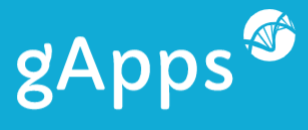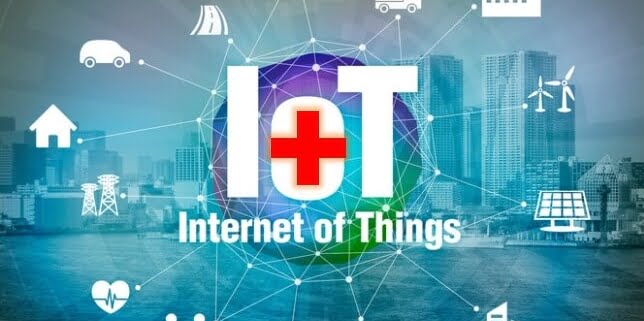How the Internet of Things (IoT) is transforming healthcare
It is predicted that by 2024, mobile technology and the Internet of Things (IoT) will have transformed medical provision and healthcare management, all over the globe, beyond recognition.
Imagine a shirt that detects variations in blood sugar levels, contact lenses that can monitor changes in the retina or a toilet that can record hydration levels or vitamin intakes in the user. As Sci-Fi as this sounds, all these could be part of every day life in 10 years time.
Medical care provider Bupa have said that all kinds of ‘connected’ apps from those in household appliances to ones in furniture will all be supporting our daily health in ten years time. The mHealth app of tomorrow will monitor health and alert the user to any danger and may also incentivise healthy life style choices by offering rewards through ‘gamification.’ It is thought this would be done in much the same way as games like Foursquare, or Angry Birds unlock badges as rewards. Such an approach and the use of IoT technology and mobile health apps in this way is predicted to have a major role to play in preventing disease and dramatically reducing the onset of ever increasing complaints like diabetes.
Dr Paul Zollinger-Read, Chief Medical Officer at Bupa was reported as saying that mobile technology and advancements in the connected home (thanks to the Internet of Things) “gave us a glimpse into the future and allows us to imagine a time where people can become guardians of their own health,” he said, adding that “being aware of their likelihood of disease and possible risk factors, coupled with constant monitoring through intelligent technology means that they will be able to spot the symptoms of illness from a very early stage, or simply prevent them altogether.”
Some of the innovations that Bupa have suggested that might become part of our everyday life include ‘smart nappies’ that allow parents to monitor a range of things from hydration to kidney infection in babies. Moving away from the device accessed mHealth app, the fabric of clothes may become a monitor of pulse and heart rate while sensors in shoes will monitor periods of inactivity and prompt the wearer to exercise. One of the first forays into the world of tomorrow is perhaps the recently developed smart contact lens that can detect glucose levels in patients with diabetes through monitoring their tears. And in 2016 human trials of a miniature artificial pancreas will began.
There is no doubt that the advent of IoT technologies and connected mHealth apps are the spring board to a future where we will be able to monitor our health on a minute to minute basis and only visit the doctor when the apps monitoring our health tell us that we need to.


Wearable tech needs clinical input and patient input to succeed
Thanks for the comment Phyllis. I totally agree. Any patient facing app that is being developed needs input and feedback from a core group of target end-users during the early design and specification phases. They will help to identify any potential issues with the user interface and overall functionality. By involving them in the dev process, they might also suggest enhancements and features that might not have been considered by the developer. Same applies when developing apps for use by HCPs.